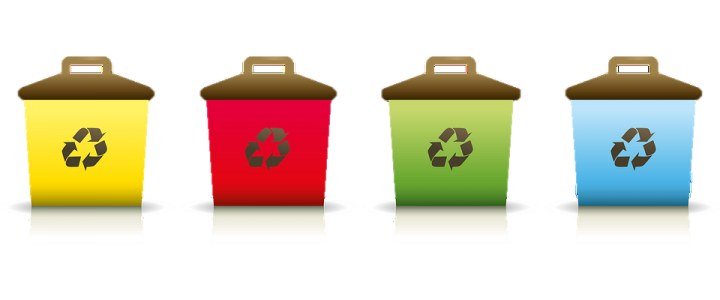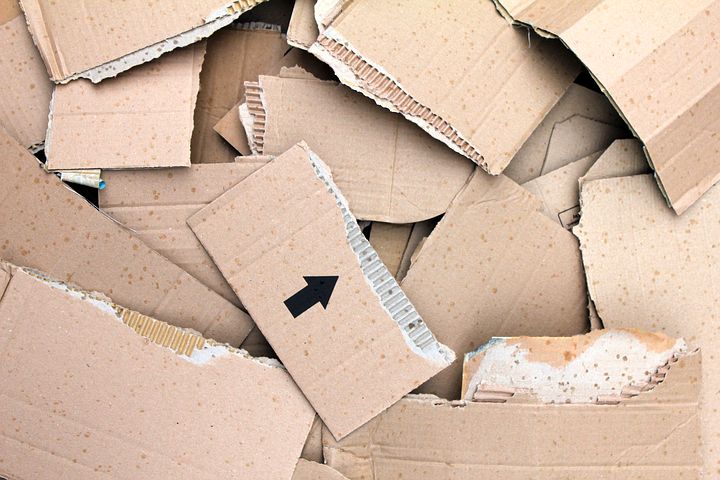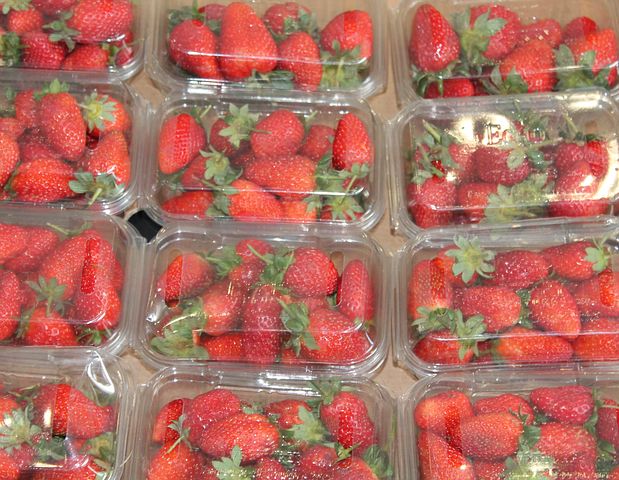
Modern life is complicated. Smart phones, the gig economy, and even climate change. So much is happening all at once. In trying to help our planet, we can get a little confused. One of the biggest sources of confusion for wanna be world savers, is recycling!
Americans had been on a kick of single use plastics and products since WWII. These products were heralded as a way to make life not just more convenient but happier. But as time wore on and landfills filled up, Americans started realizing the cost of that convenience. Throughout the 70s, the modern environmental movement took shape. From ‘save the whales’ campaigns, to ‘keep America beautiful’, to now infamous anti-litter ads, Americans were waking up to the impact their habits had on the environment.
Our modern day curb-side recycling programs first started in the 1980s. Woodbury, New Jersey started the nation’s first program. It took another decade before most American cities picked up on the trend. By the mid 90s most Americans were convinced that the country was running out of landfill space and that it was the most urgent environmental issue.

Today nearly 94% of Americans have access to some form of recycling program. A vast majority of larger cities, with populations over 125,000 have curbside services. While many small towns have drop off centers. But encouragement and information varies from place to place. Some cities like Seattle have mandatory recycling laws, residents are fined if a certain percentage of their garbage has recyclable materials just thrown away. While 22% of Americans live in a town where recycling isn’t really encouraged at all.
Even though these programs have been in our lives for almost 30 years, so many of us are still confused. Every city has a different system with different rules.
So here are some basic recycling rules.

Almost all metal and glass can be recycled indefinitely. They can reincarnate into another product. So aluminium, tin, or steel cans are good to go in the recycling bin (just rinse them first). Glass bottles and jars are also easy to recycle. They’re also endlessly remade into new products. The counterpoint is that, according to the EPA, it takes approximately 1 million years of a glass bottle to breakdown in a landfill.

Most paper and cardboard can be recycled, as long as it’s not stained with food. So throw away your junk mail and your bills (after you pay them!), but don’t recycle napkins or greasy pizza boxes. Corrugated cardboard, cereal boxes, delivery boxes, etc can all be easily recycled as long as they are broken down into flat pieces prior to placing them in the recycling bin.
Here’s where most people get confused: plastics.
Plastics that CAN be recycled include most beverage containers like soda and water bottles and milk jugs. Shampoo and conditioner bottles are also easy to recycle in most places. Just make sure you rinse them out first. Contaminated plastics can ruin entire batches of recycled plastics planned for recycling, so it’s super important to make sure their clean before you toss them in the bin. Think of it as a fourth R, Reduce, Reuse, RINSE, and Recycle.
Speaking of contamination, a lot of small pieces of paper and plastic can gum up recycling machines. So no gum wrappers or shredded paper. So if it’s smaller than your hand, you might just want to be on the safe side and put it in the trash. A lot of people believe it’s better to be ‘on the safe side’ and throw stuff in the recycling bin and let the company sort it out, but it often ruins a whole batch.

Most of the plastic produced worldwide goes into packaging. It’s made for convenience and its meant to be used once and thrown away. Unfortunately most single-use plastics cannot be recycled by most city recycling plants. This includes, food wrappers, cling wrap, grocery and ziplock bags. So avoid these products to reduce your waste, but if you must use them, reuse them! Plenty of stores offer discounts to bring your own grocery bags and reusable food storage bags are on-trend.
Another helpful tip, if you do have a cupboard filled with plastic grocery bags to reuse, take them to a recycling center! Many stores now offer on-site drop offs for exactly those kinds of bags.

Styrofoam also falls under the single-use category. While it’s convenient for a quick takeout meal, it sits in a landfill for hundreds of years. But it can’t be recycled so it’s best to avoid it altogether. Bring a reusable container to the restaurant for your next meal out or choose a restaurant that provides their own. Another item to stick in the category of ‘avoid’ is take away coffee cups. Yes, they’re paper on the outside, but the waxy/plastic lining makes them difficult, and in most places the world over, impossible to recycle. Although there’s been breakthroughs, it will be some time before this technique will be widespread, so far better just to grab a reusable coffee cup to avoid the potential issue.
While recycling reduces the amount of waste that winds up in our landfills, it saves energy too. Making products from recycled materials often uses less energy than to make it from “virgin” materials. According to the EPA, recycling one glass bottle reduces the energy used to make a new one by 30%. Recycling one aluminum can saves enough energy to power a computer for three hours! And impressively recycling tin cans reduces the amount of energy to make a new one by 74%. It could save the equivalent of 1/5th of yearly US household energy use.
Recycling can be confusing, but with these tips and reaching out to your local recycling center, you can do a little bit to help everyone live a more sustainable life. While we typically think of the phrase reduce, reuse, recycle, it’s better to simply REFUSE in the first place, especially when it comes to plastics. Only 9% of plastics ever made have been recycled. According to the UN if we don’t change our consuming habits or disposal methods, in the next 30 years “there will be about 12 billion tons of plastic litter in landfills and the natural environment”. We can change this trend together by simply refusing plastics and replacing them with reusable items made from sustainable materials. Check out our recent guide on how to reduce our everyday reliance on plastic.



